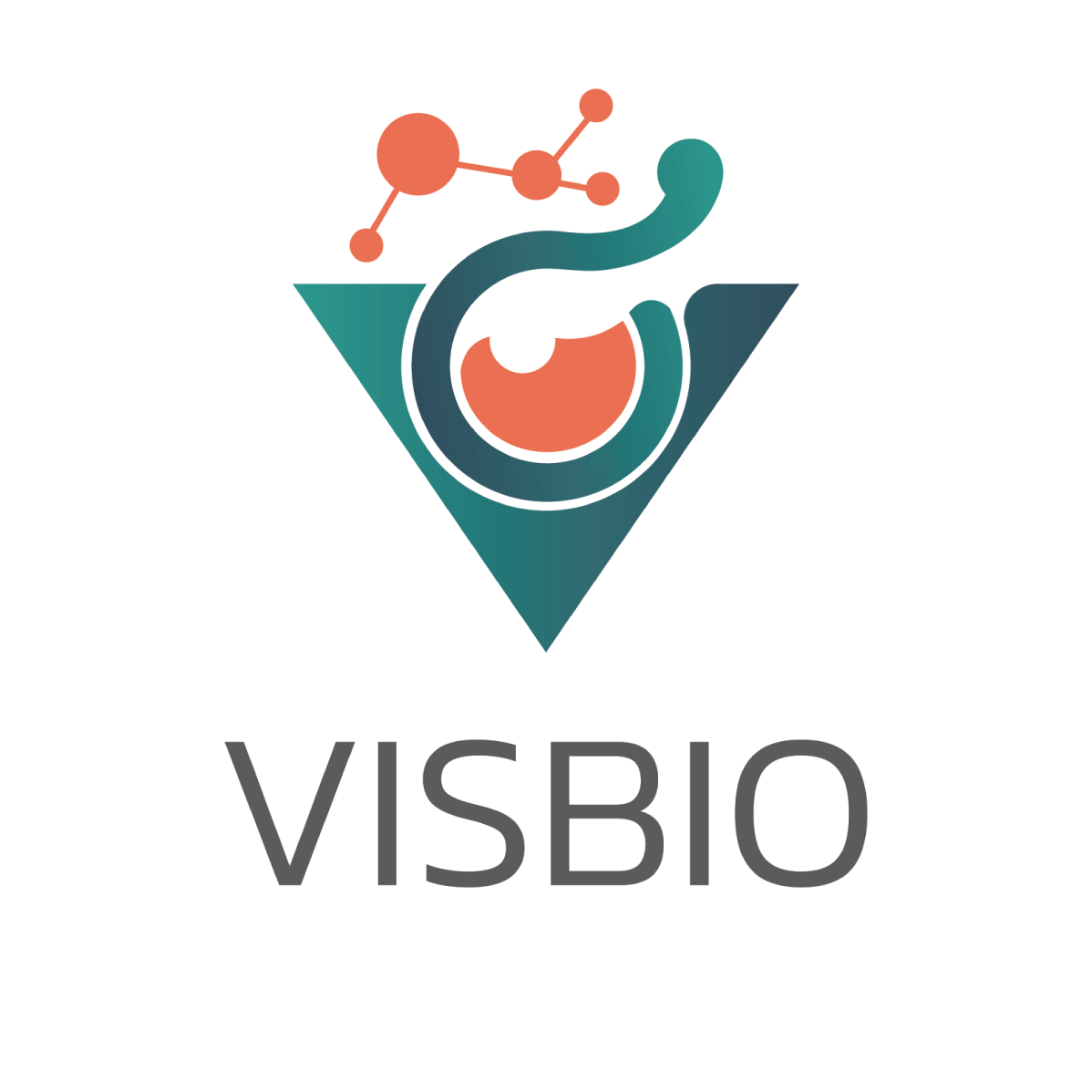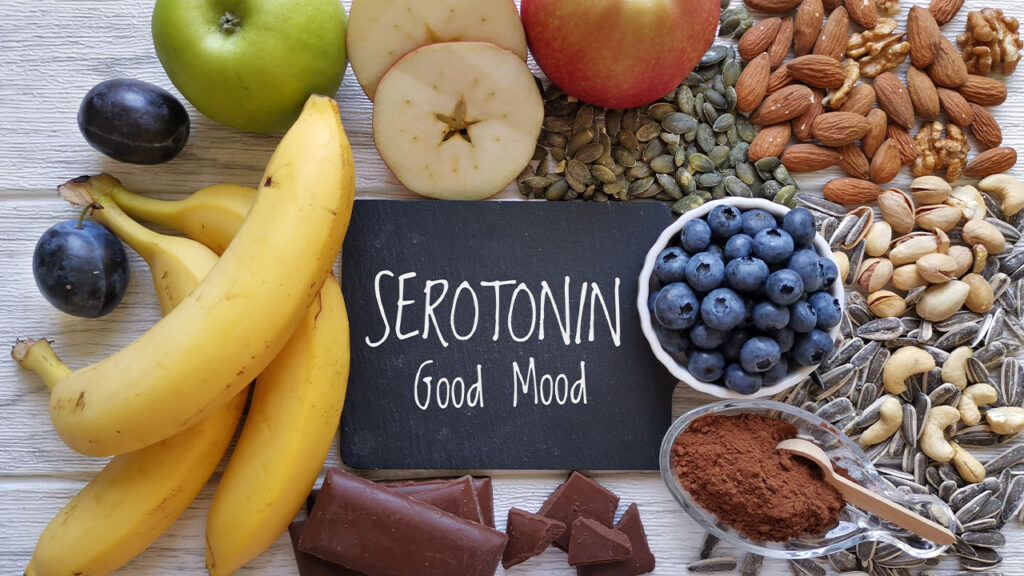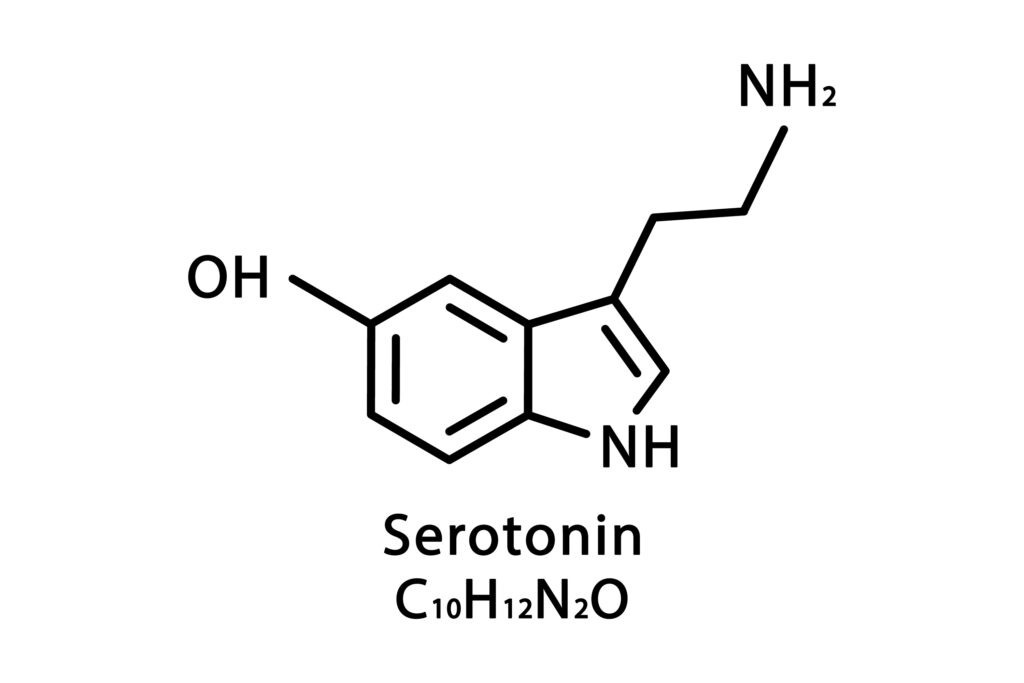
Service Information for Serotonin Analysis and Testing in Products
VISBIO offers a service for the examination and analysis of the quantity of the biological component (biomarker) called Serotonin in various products within the health and beauty industry. Serotonin, scientifically known as 5-hydroxytryptamine (5-HT), is a monoamine neurotransmitter produced by nerve cells from the amino acid tryptophan. Tryptophan is derived from protein-rich foods present in the bloodstream. The conversion of tryptophan to serotonin is facilitated by the enzyme tryptophan hydroxylase and the enzyme aromatic L-amino acid decarboxylase.
Serotonin, also known as 5-HT, is present in plants, vegetables, fruits, and numerous types of herbs. It serves as a neurotransmitter that helps regulate perceptions, appetite, and sleep. Insufficient serotonin in the body can potentially lead to conditions such as depression. Current research and development efforts have led to increased applications of serotonin in the medical and health industries.
Serotonin levels can be analyzed in vegetables, fruits, herbs, and dietary supplements using the HighPerformance Liquid Chromatography (HPLC) technique. This method enables accurate measurement and identification of serotonin content.
Introduction to Serotonin
Serotonin, known scientifically as 5-hydroxytryptamine (5-HT), is a type of monoamine neurotransmitter produced by nerve cells. It is derived from the amino acid tryptophan, which is obtained from protein containing foods present in the bloodstream. This conversion of tryptophan is facilitated by enzymes called Tryptophan hydroxylase and Aromatic L-amino acid decarboxylase, resulting in the formation of serotonin. Serotonin is found in various parts of the body, including the brain.
It plays a crucial role in regulating various functions within the body. For instance, it helps in controlling emotions and promoting feelings of happiness, earning it the nickname ‘the happy molecule’. Additionally, serotonin is involved in perception, memory, appetite, sexual behavior, pain sensation, muscle contraction, intestinal movement, blood vessel constriction, uterine contraction, and sleep, among others. A deficiency or low production of serotonin can disrupt neural communication and may even lead to conditions like depression.
Analysis of Serotonin using HPLC Technique
Currently, there is a growing research interest in analyzing the quantities of serotonin and the properties of extracts from various plants, vegetables, fruits, and herbs. Examples of these include pumpkin, Chinese kale, tomato, turmeric, centella, gotu kola, lotus leaf, rice bran oil, banana, safflower, and sesame flower seeds. The widely used method for analyzing the quantity of serotonin in scientific laboratories is High Performance Liquid Chromatography (HPLC), a type of liquid chromatography. HPLC is an efficient technique that allows for the analysis and separation of desired substances from a mixed sample in liquid form. It is efficient, rapid, and can analyze both quantitative and qualitative aspects. Moreover, this technique enables the analysis of samples in small quantities, eliminating the need for complex and cumbersome sample preparations.
Example of Reporting the Results of Serotonin Analysis Using HPLC Technique
Figure depicting the chromatogram of serotonin (5-HT) analysis using HPLC technique
Literature:
- พรชนก มนแก้ว, กลุ่มอาการเซโรโทนิน, วารสารเภสัชกรรมโรงพยาบาล สมาคมเภสัชกรรมโรงพยาบาล (ประเทศไทย), Vol. 28, No.2, May-August 2018.
- กรนิกา ยานการ , อารยา องค์เอี่ยม , พงศ์ธารา วิจิตเวชไพศาล, เมลาโทนินเหมาะสมหรือยังที่จะนำมาใช้ในวิสัญญี, วิสัญญีสาร 2562; 45(2).
- อำพร เนื่องจากนาค, ภาวะซึมเศร้ากับฟักทอง, Chula Med Bull Vol. 3 No. 1 January – June 2021;47-56
- Chanchal Bhati , Neha Minocha, Deepika Purohit, Sunil Kumar, Manish Makhija, Sapna Saini, Deepak Kaushik and Parijat Pandey, High Performance Liquid Chromatography: Recent Patents and Advancement Biomedical & Pharmacology Journal, June 2022, Vol. 15(2), p. 729-746.
- He, Q., Li, M., Wang, X. et al. A simple, efficient and rapid HPLC–UV method for the detection of 5-HT in RIN-14B cell extract and cell culture medium. BMC Chemistry 13, 76 (2019). https://doi.org/10.1186/s13065-019-0591-x
- Ly, Dalin & Kang, Kiyoon & Choi, Jang-Yeol & Ishihara, Atsushi & Back, Kyoungwhan & Lee, Seong-Gene. (2008). HPLC Analysis of Serotonin, Tryptamine, Tyramine, and the Hydroxycinnamic Acid Amides of Serotonin and Tyramine in Food Vegetables. Journal of medicinal food. 11. 385-9. 10.1089/jmf.2007.514.
- Han, S.J.; Lim, M.J.; Lee, K.M.; Oh, E.; Shin, Y.S.; Kim, S.; Kim, J.S.; Yun, S.P.; Kang, L.-J. Safflower Seed Extract Attenuates the Development of Osteoarthritis by Blocking NF-κB Signaling. Pharmaceuticals 2021, 14, 258. https://doi.org/10.3390/ph14030258




